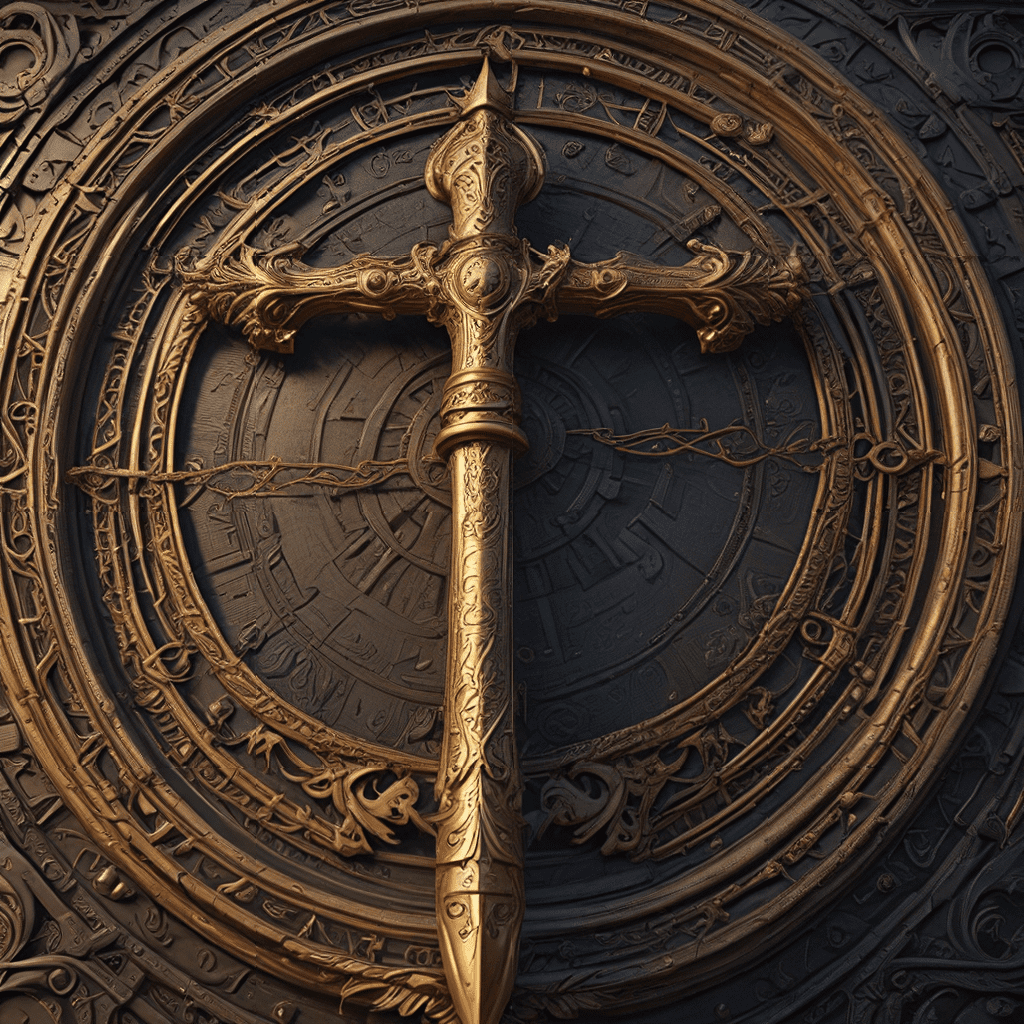The Crook and Flail: Symbols of Royal Power in Ancient Egypt
1. Introduction: The Significance of Symbols in Ancient Egypt
Ancient Egyptian culture was deeply rooted in symbolism, where every image, object, and artifact held a specific meaning. Symbols played a crucial role in representing power, divinity, and the cosmic order. They were used to communicate complex ideas and beliefs, making them essential for understanding the Egyptian way of life. The crook and flail, two iconic symbols, represented the king’s authority and divine right to rule.
2. The Origins and Evolution of the Crook and Flail
The origins of the crook and flail can be traced back to ancient pastoral and agricultural societies. The shepherd’s crook, initially used for herding animals, evolved into a symbol of protection and guidance. Similarly, the flail, originally a weapon used in warfare and agriculture, became a representation of power and justice. These symbols transitioned from everyday tools to powerful emblems of royal authority. Early depictions of the crook and flail in predynastic Egypt, around 6000 BCE, indicate their early significance.
As the Egyptian civilization advanced, the crook and flail became increasingly elaborate, incorporating precious materials like gold and silver. These symbols were incorporated into royal regalia, signifying the king’s divine right to rule and his connection to the gods.
3. The Crook: Symbol of Authority and Governance
The shepherd’s crook, a curved staff, symbolized protection and guidance, reflecting the king’s role as the shepherd of his people. He was responsible for their well-being, ensuring their safety and prosperity. The crook also represented the king’s connection to the god Anubis, the guardian of the dead. Anubis, often depicted with a jackal head and holding a crook, guided souls to the afterlife.
4. The Flail: Symbol of Power and Justice
The flail, a weapon consisting of a weighted club attached to a handle, represented the king’s ability to punish evil and maintain order. It symbolized his power to enforce justice and protect his kingdom from threats. The flail was also associated with the god Thoth, the god of wisdom and justice. Thoth, often depicted with a ibis head and holding a flail, represented knowledge, law, and order.
5. The Crook and Flail in Royal Iconography
The crook and flail were prominently displayed in royal tombs and temples. Kings were often depicted holding both symbols, signifying their divine authority. The combination of the crook and flail represented the king’s dual role as shepherd and administrator. The crook symbolized his responsibility for his people’s welfare, while the flail represented his power to maintain order and administer justice. The king’s portrayal with these symbols emphasized his connection to the gods and his legitimacy as ruler.
6. The Crook and Flail in Religious Context
The crook and flail transcended their role as royal symbols, becoming attributes of various gods and goddesses. They were used in religious rituals and ceremonies, emphasizing the connection between the divine and the earthly realm. The crook and flail played a significant role in the afterlife, where they were believed to aid the deceased in their journey to the underworld.
7. The Crook and Flail in Daily Life
The crook and flail were not only symbols of royalty but also found their way into everyday life. They were incorporated into jewelry, amulets, and other objects, reminding people of the king’s authority and the importance of maintaining order. The presence of these symbols in daily life served as a constant reminder of the divine order and the role of the king in upholding it.





